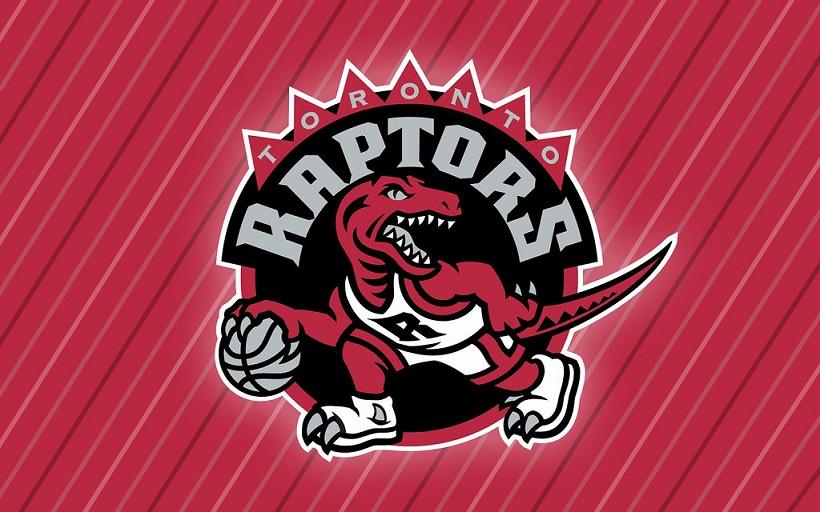The Toronto Raptors may be on the verge of replicating the Indiana Pacers’ steady ascent in the NBA, provided certain key factors align. Drawing parallels between the Raptors’ current roster dynamics and the Pacers’ blueprint for sustained success, this article examines what it would take for Toronto to emulate Indiana’s formula. From strategic player development to coaching adjustments, we break down the critical elements the Raptors need to solidify in order to achieve consistent playoff contention and long-term growth.
Raptors Need Defensive Consistency to Mirror Pacers’ Toughness
The Raptors’ defensive identity has often been labeled as inconsistent, which undermines their ability to close out games with the same ferocity as the Pacers. To replicate the Pacers’ defensive toughness, the Raptors must prioritize communication and maintain relentless pressure on opposing ball handlers. This means embracing a mindset that values team defense over individual heroics, ensuring rotations are crisp and help defense is timely. The Pacers’ blueprint thrives on hustle plays, contested shots, and forcing turnovers-elements the Raptors need to engrain as daily habits rather than sporadic bursts.
Consistency on defense doesn’t only come from tactics but also from mental resilience. The Raptors can benefit from setting clear benchmarks such as:
- Limiting fast break opportunities to under 10 per game
- Holding opponents to below 45% shooting in the paint
- Securing at least 7 steals and 6 blocks per contest
- Minimizing second-chance points by dominating the defensive glass
| Defensive Metric | Pacers’ Average | Raptors’ Current | Target |
|---|---|---|---|
| Opponent Points Allowed | 105.3 | 110.7 | 104.0 |
| Defensive Rebounds | 38.5 | 34.1 | 38.0 |
| Forced Turnovers | 16.8 | 13.2 | 17.0 |
| Opponent FG % | 44.6% | 47.9% | 43.0% |
Building a Balanced Offense Around Key Playmakers Drives Success
Success in the NBA often hinges on the ability to construct a coherent offensive scheme that complements the team’s star talents. For the Raptors, emulating the Pacers’ methodology means cultivating an offense where primary scorers are supported by versatile role players who excel in floor spacing and ball movement. This structure demands consistent contributions from shooters around the arc, a dependable secondary playmaker to relieve pressure, and the strategic deployment of pick-and-roll sets to exploit mismatches. Without these elements, even elite scorers can struggle to consistently generate efficient offense against top-tier defenses.
Data from recent playoff runs underscores how balanced distribution of shot attempts and assist rates correlate with winning percentages. Teams that balance the shot chart and share playmaking responsibilities tend to keep defenses off-balance, leading to higher quality shots. For the Raptors, focusing on these metrics could be a game changer:
| Stat Category | Ideal Range | Pacers 2023 Value | Raptors Current Value |
|---|---|---|---|
| Team 3P% share | 35-40% | 38% | 32% |
| Secondary assist rate | 40-50% | 46% | 38% |
| Pick-and-roll scoring freq. | 25-30% | 28% | 22% |
- Increase reliable perimeter shooters to relieve defensive pressure on star players.
- Encourage proactive secondary facilitation to diversify playmaking threats.
- Emphasize dynamic pick-and-roll execution to create open looks and mismatch advantages.
Cultivating Team Chemistry and Leadership Essential for Sustainable Growth
Building a winning culture isn’t just about talent on paper – it’s about nurturing a bond where players trust and elevate one another. The Pacers’ sustained success is a textbook example of how intentional chemistry and authentic leadership translate directly into on-court execution. Raptors must focus on creating an environment where open communication thrives, allowing emerging stars to take on leadership roles while veterans guide with consistency. Team meetings, regular feedback, and shared goals can accelerate this process, ensuring collective buy-in and commitment throughout the season.
Leadership within the Raptors organization needs to mirror the discipline and accountability set by previously successful franchises. Consider these core components to cultivate the backbone of a resilient squad:
- Player-led mentorship: veterans fostering the growth of rookies.
- Clear roles and expectations: minimizing ambiguity that hinders trust.
- Consistent leadership messaging: from coaches to front office, aligning vision and execution.
- Shared resilience practices: building mental toughness through adversity.
| Leadership Element | Impact |
|---|---|
| Effective Communication | Enhances trust and reduces conflict |
| Defined Roles | Boosts player confidence and consistency |
| Accountability Culture | Drives continuous improvement |
| Mentorship Programs | Accelerates talent development |
Insights and Conclusions
As the Raptors look to chart a path toward sustained success, adopting elements of the Pacers’ blueprint could prove pivotal-provided they address key areas such as roster depth, defensive consistency, and player development. While the challenges are significant, the potential rewards offer a compelling case for Toronto to refine its strategy and emulate a proven formula. Ultimately, whether the Raptors can cook up their own version of Pacers-style success will depend on decisive moves both on and off the court in the coming seasons.














